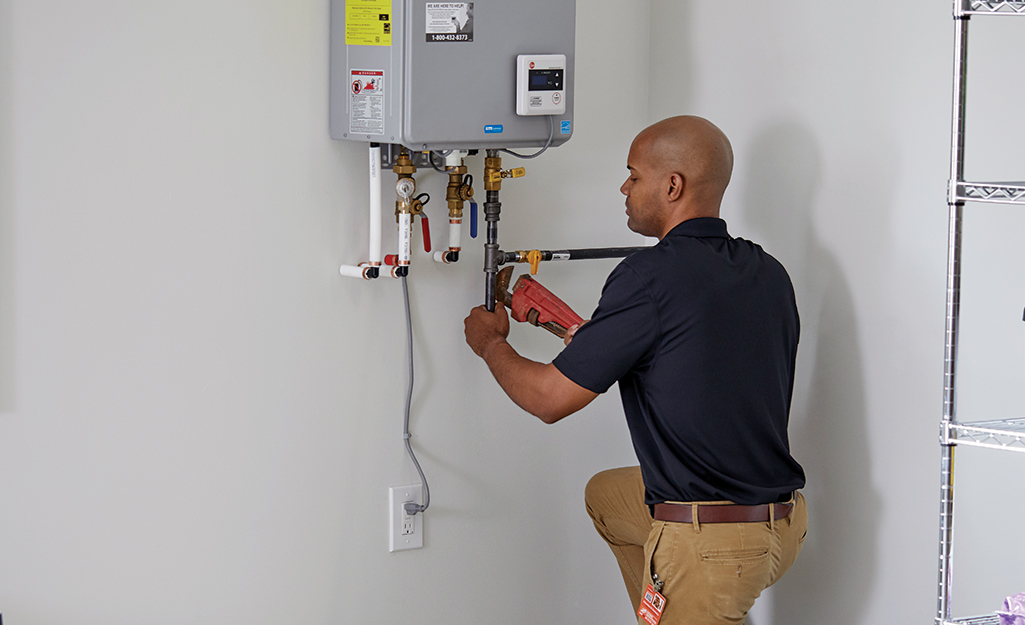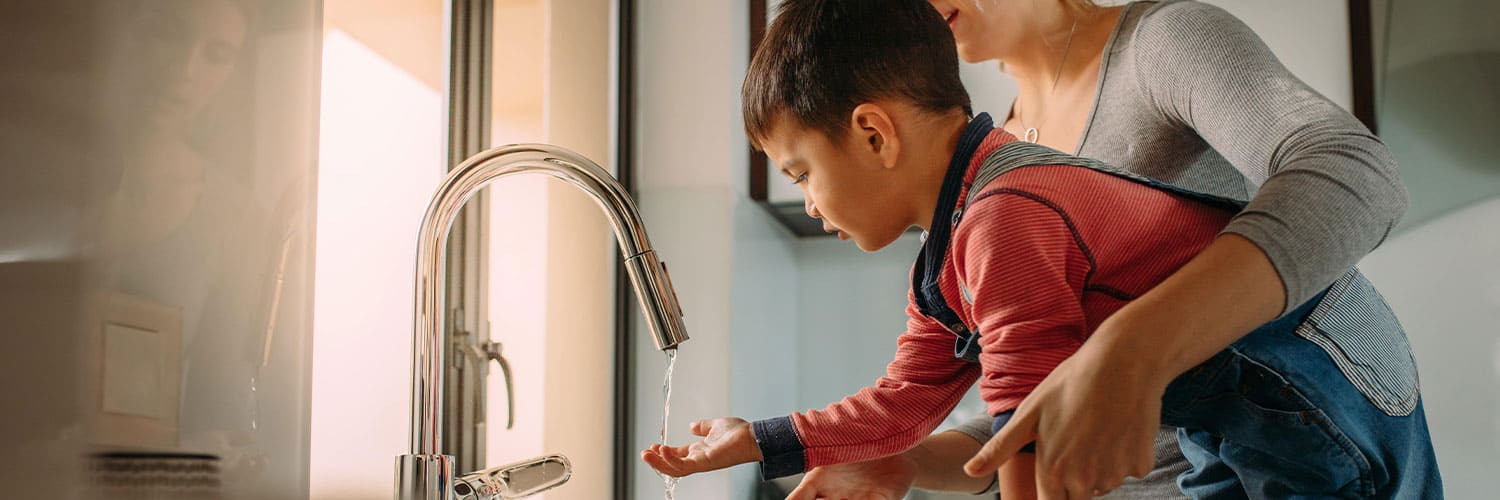Straightforward Methods to Maintain Your Home's Hot Water System Properly
Straightforward Methods to Maintain Your Home's Hot Water System Properly
Blog Article
What are your thoughts and feelings on What Kind of Maintenance Do Water Heaters Need??

Warm water is necessary for day-to-day comfort, whether it's for a rejuvenating shower or washing recipes. To guarantee your hot water system runs effectively and lasts longer, routine maintenance is vital. This write-up provides useful pointers and understandings on just how to maintain your home's hot water system to stay clear of interruptions and pricey repairs.
Introduction
Preserving your home's warm water system could seem difficult, yet with a couple of simple steps, you can ensure it runs efficiently for several years to come. This guide covers whatever from understanding your hot water system to DIY maintenance ideas and recognizing when to call in professional help.
Significance of Preserving Your Warm Water System
Normal upkeep not just expands the lifespan of your warm water system yet additionally guarantees it runs efficiently. Neglecting upkeep can bring about decreased efficiency, higher energy bills, and also early failing of the system.
Indications Your Warm Water System Requirements Upkeep
Understanding when your warm water system needs interest can stop major problems. Watch out for indications such as inconsistent water temperature, unusual noises from the heater, or rusty water.
Understanding Your Warm Water System
Prior to diving right into upkeep tasks, it's valuable to comprehend the basic components of your warm water system. Commonly, this consists of the hot water heater itself, pipelines, anode rods, and temperature controls.
Monthly Upkeep Tasks
Normal monthly checks can help capture small problems before they escalate.
Purging the Hot Water Heater
Purging your water heater gets rid of debris accumulation, improving performance and lengthening its life.
Monitoring and Replacing Anode Rods
Anode rods protect against deterioration inside the storage tank. Inspecting and changing them when worn is essential.
Inspecting and Readjusting Temperature Level Settings
Readjusting the temperature setups makes sure ideal performance and safety and security.
DIY Tips for Maintenance
You can execute a number of maintenance jobs yourself to keep your warm water system in top problem.
Looking for Leaks
Consistently examine pipes and links for leaks, as these can bring about water damage and greater bills.
Examining Stress Relief Valves
Checking the pressure safety valve ensures it functions properly and prevents too much pressure build-up.
Protecting Pipes
Protecting hot water pipelines reduces warmth loss and can save power.
When to Call a Professional
While do it yourself maintenance is valuable, some issues call for professional experience.
Complicated Concerns Requiring Specialist Help
Instances include significant leakages, electrical troubles, or if your water heater is continually underperforming.
Routine Expert Maintenance Advantages
Specialist maintenance can consist of thorough evaluations, tune-ups, and making sure conformity with safety requirements.
Conclusion
Normal maintenance of your home's warm water system is crucial for effectiveness, long life, and cost savings. By complying with these tips and knowing when to seek expert aid, you can ensure a reputable supply of warm water without unexpected disruptions.
How to Maintain an Instant Hot Water Heater
Before tinkering with your hot water heater, make sure that it’s not powered on. You also have to turn off the main circuit breaker and shut off the main gas line to prevent accidents. Also turn off the water valves connected to your unit to prevent water from flowing into and out of the appliance. 2. When you’re done, you have to detach the purge valves’ caps. These look like the letter “T†and are situated on either side of the water valves. Doing so will release any pressure that has accumulated inside the valves while at the same time avoid hot water from shooting out and burning your skin. 3. When the purge valves’ caps are removed, you have to connect your hosing lines to the valves. Your unit should have come with three hoses but if it didn’t, you can purchase these things from any hardware or home repair shops. You can also get them from retail stores that sell water heating systems. Read the user’s manual and follow it to complete this task properly. When the hosing lines are connected, open the purge port’s valves. 4. You should never use harsh chemical cleaners or solutions when cleaning your unit. Make use of white vinegar instead. It should be undiluted and you’ll probably use about 2 gallons. 5. Now flush your water heater. This task should probably take about 40 minutes. We can’t give you specific directions for this because the procedure is carried out depending on the type, model and brand of your heater. With that being said, refer to the user’s manual. 6. When you’re done draining the unit, you have to turn off the purge port valves again. Remove the hosing lines that you earlier installed on each of the water valves. Put the valve caps (purge port) back in their respective places and be very careful so as not to damage the rubber discs that are found inside these caps. 7. Now that everything’s back in place, check your user’s manual again to find out how to reactivate your water heating system. 8. Once it is working, turn one of your hot water faucets on just to let air pass through the heater’s water supply pipes. Leave the tap on until water flows smoothly out of it. https://www.orrplumbing.com/blog/2014/september/how-to-maintain-an-instant-hot-water-heater/

I came across that blog post on Tips For Maintaining Your Hot Water Heater when doing a search on the web. Are you aware of another person who is fascinated with the niche? Take a moment to promote it. Thank-you for your time spent reading it.
Visit Our Site Report this page